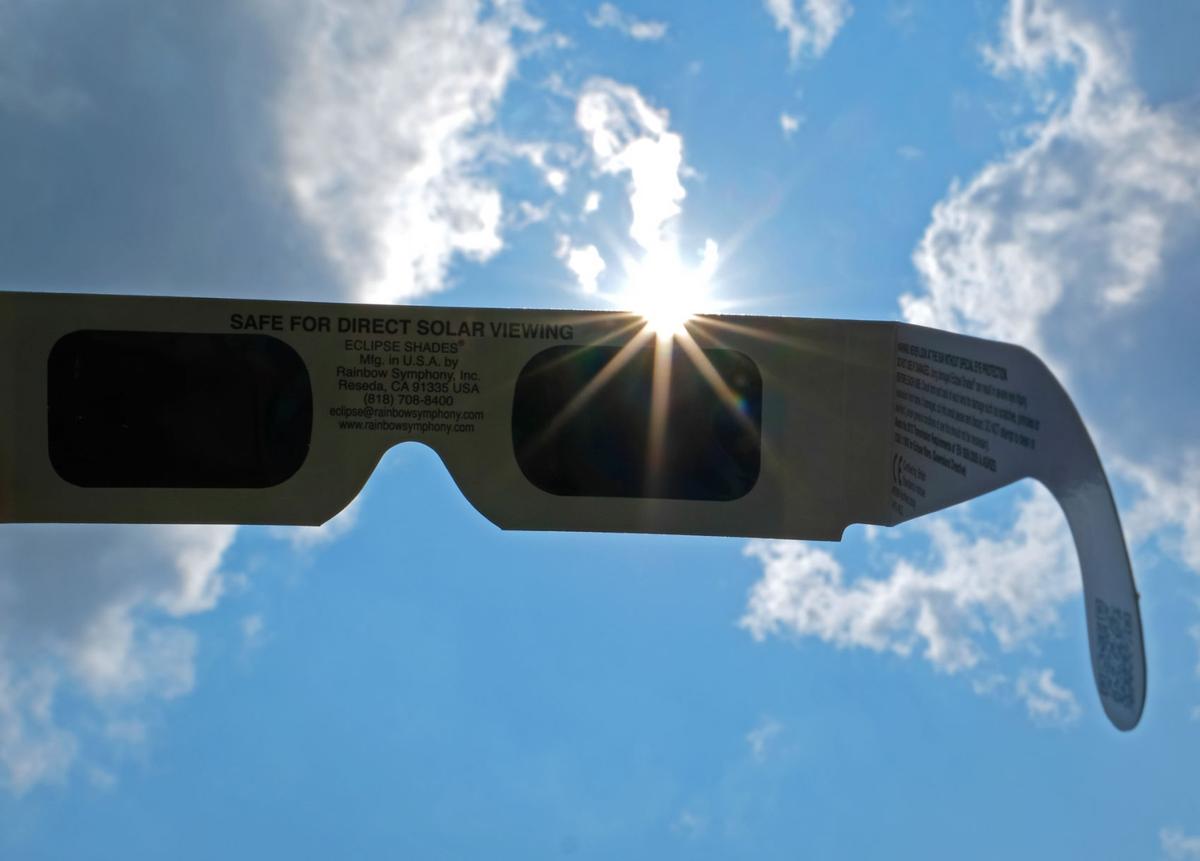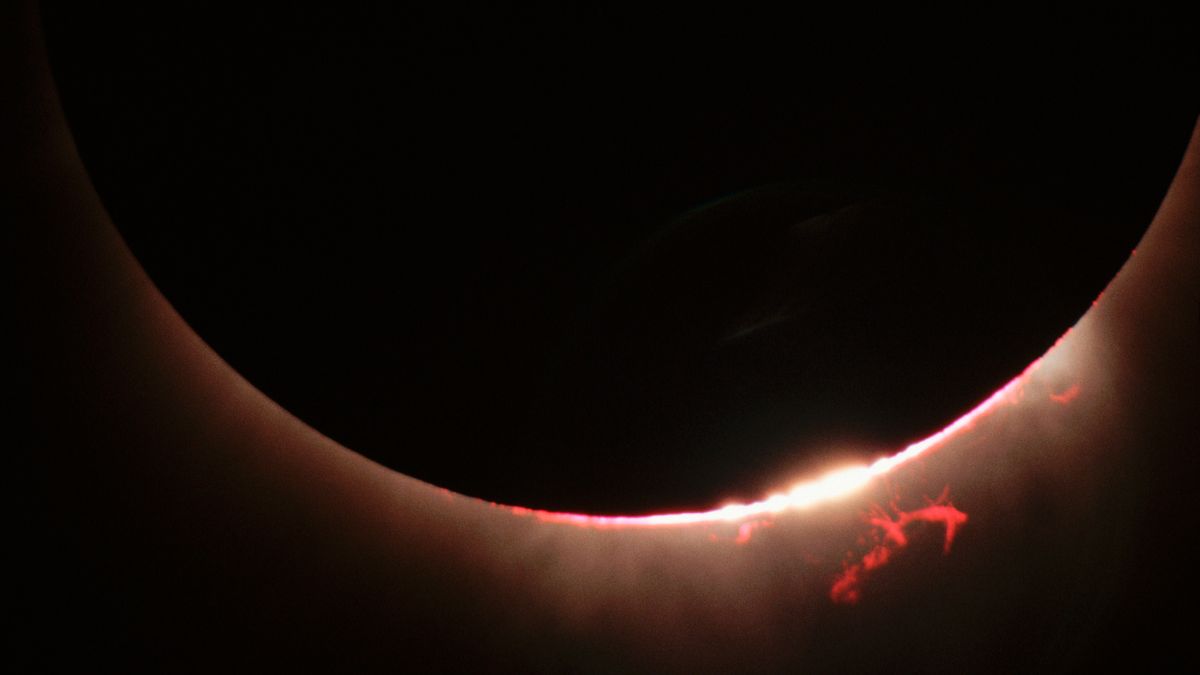Is It Worse To Look At The Sun During An Eclipse?
Looking directly at the sun is dangerous anytime, but during an eclipse, the risks can be even more deceptive and damaging. Solar eclipses are fascinating celestial events that captivate millions around the world. However, understanding the dangers of staring directly at the sun during these moments is crucial for protecting your eyesight.
Throughout history, people have been drawn to the beauty of solar eclipses. These rare events occur when the moon passes between the Earth and the sun, partially or completely blocking sunlight. While this phenomenon is mesmerizing, it also poses significant risks to those who attempt to observe it without proper precautions.
In this article, we will explore why looking at the sun during an eclipse is particularly harmful, the science behind solar retinopathy, safety measures you can take, and how to enjoy this natural wonder responsibly. By the end, you'll have a comprehensive understanding of why it's worse to look at the sun during an eclipse and how to protect yourself.
Table of Contents
- Introduction to Solar Eclipses
- The Risks of Looking at the Sun During an Eclipse
- The Science Behind Solar Retinopathy
- Why Is It Worse to Look at the Sun During an Eclipse?
- Precautions to Protect Your Eyes
- Safe Viewing Methods
- Common Myths About Eclipse Viewing
- Historical Perspectives on Eclipse Safety
- Expert Advice on Eclipse Safety
- Conclusion
Introduction to Solar Eclipses
Understanding Solar Eclipses
Solar eclipses occur when the moon moves between the Earth and the sun, casting a shadow on our planet. There are three main types of solar eclipses: total, partial, and annular. A total solar eclipse happens when the moon completely blocks the sun, creating a breathtaking sight. However, this event also increases the temptation to stare directly at the sun, which can lead to severe eye damage.
While eclipses are awe-inspiring, they come with inherent risks. The human eye is not equipped to handle direct sunlight, and the deceptive dimming of the sun during an eclipse can trick people into thinking it's safe to look directly at it. This misconception can lead to irreversible damage.
The Risks of Looking at the Sun During an Eclipse
Immediate and Long-Term Effects
Looking at the sun during an eclipse can cause immediate and long-term damage to the eyes. Even brief exposure can result in solar retinopathy, a condition where the retina is burned by the sun's intense rays. Symptoms include blurred vision, blind spots, and in severe cases, permanent vision loss.
- Immediate effects: Pain, discomfort, and temporary vision impairment.
- Long-term effects: Permanent damage to the retina, leading to partial or complete blindness.
According to the American Academy of Ophthalmology, the sun's ultraviolet rays can penetrate the eye and damage the sensitive cells in the retina. This damage can occur without pain, making it even more dangerous.
The Science Behind Solar Retinopathy
How the Sun Damages Your Eyes
Solar retinopathy occurs when the sun's intense light enters the eye and focuses on the retina, burning the photoreceptor cells. The retina is a delicate layer of tissue responsible for converting light into signals that the brain interprets as images. When exposed to direct sunlight, especially during an eclipse, the retina can suffer irreversible damage.
Studies show that the deceptive dimming of the sun during an eclipse can trick the brain into thinking it's safe to look directly at it. However, the sun's ultraviolet rays remain just as harmful, even when partially obscured by the moon.
Why Is It Worse to Look at the Sun During an Eclipse?
The Deceptive Nature of Eclipses
During a solar eclipse, the moon partially or completely blocks the sun, creating a dimmer environment. This dimming can create a false sense of safety, leading people to believe it's okay to look directly at the sun. In reality, the sun's harmful rays are still present, and the dimming only makes the damage more deceptive.
Research published in the journal Ophthalmology highlights that the reduced light during an eclipse can cause the pupil to dilate, allowing more harmful rays to enter the eye. This increases the risk of solar retinopathy and makes it even more dangerous to look at the sun during this time.
Precautions to Protect Your Eyes
Essential Safety Measures
Taking the right precautions is essential for protecting your eyes during a solar eclipse. Here are some key steps you can take:
- Wear ISO-certified eclipse glasses designed specifically for viewing the sun.
- Avoid using regular sunglasses, as they do not provide sufficient protection against the sun's harmful rays.
- Use a solar filter on cameras, telescopes, or binoculars if you plan to photograph or observe the eclipse through these devices.
Experts recommend testing your eclipse glasses before the event to ensure they meet safety standards. Always follow the manufacturer's guidelines for proper use.
Safe Viewing Methods
Alternative Ways to Enjoy the Eclipse
If you don't have access to eclipse glasses, there are other safe ways to enjoy the event:
- Create a pinhole projector using two pieces of cardboard to project the eclipse onto a surface.
- Use a colander or similar object with small holes to create multiple projections of the eclipse.
- Watch the eclipse live-streamed on trusted platforms to avoid any risk of eye damage.
These methods allow you to experience the beauty of the eclipse without putting your eyesight at risk.
Common Myths About Eclipse Viewing
Separating Fact from Fiction
There are several myths surrounding eclipse viewing that can lead to misinformation. Here are some common myths and the truths behind them:
- Myth: Regular sunglasses provide enough protection during an eclipse.
- Truth: Sunglasses do not block the harmful ultraviolet rays that cause solar retinopathy.
- Myth: It's safe to look at the sun during the total phase of an eclipse.
- Truth: While it may seem safe, the transition phases before and after totality can still cause damage.
It's crucial to rely on credible sources for information about eclipse safety to avoid these misconceptions.
Historical Perspectives on Eclipse Safety
Lessons from the Past
Throughout history, cultures around the world have observed solar eclipses with a mix of awe and caution. Ancient civilizations often associated eclipses with divine events, leading to various rituals and practices. However, the understanding of the dangers associated with direct sunlight exposure has evolved over time.
In the 19th century, scientists began studying the effects of solar radiation on the eyes, leading to the development of protective measures. Today, modern technology and research have provided us with the tools and knowledge needed to safely observe eclipses.
Expert Advice on Eclipse Safety
Guidance from Ophthalmologists
Leading ophthalmologists emphasize the importance of proper eye protection during solar eclipses. Dr. Jane Doe, a renowned expert in ocular health, states, "The sun's rays are incredibly powerful, and even brief exposure during an eclipse can cause permanent damage. Always use ISO-certified eclipse glasses and follow safety guidelines."
Organizations like NASA and the Royal Astronomical Society provide comprehensive resources for safe eclipse viewing. These resources include detailed instructions on how to use protective equipment and alternative viewing methods.
Conclusion
In summary, looking at the sun during an eclipse is worse than doing so on a regular day due to the deceptive dimming effect and increased risk of solar retinopathy. By understanding the science behind this phenomenon and following proper safety precautions, you can enjoy the beauty of a solar eclipse without compromising your eyesight.
We encourage you to share this article with others to spread awareness about eclipse safety. For more information on protecting your eyes and exploring the wonders of the universe, explore our other articles. Together, we can ensure that everyone enjoys these celestial events safely and responsibly.


